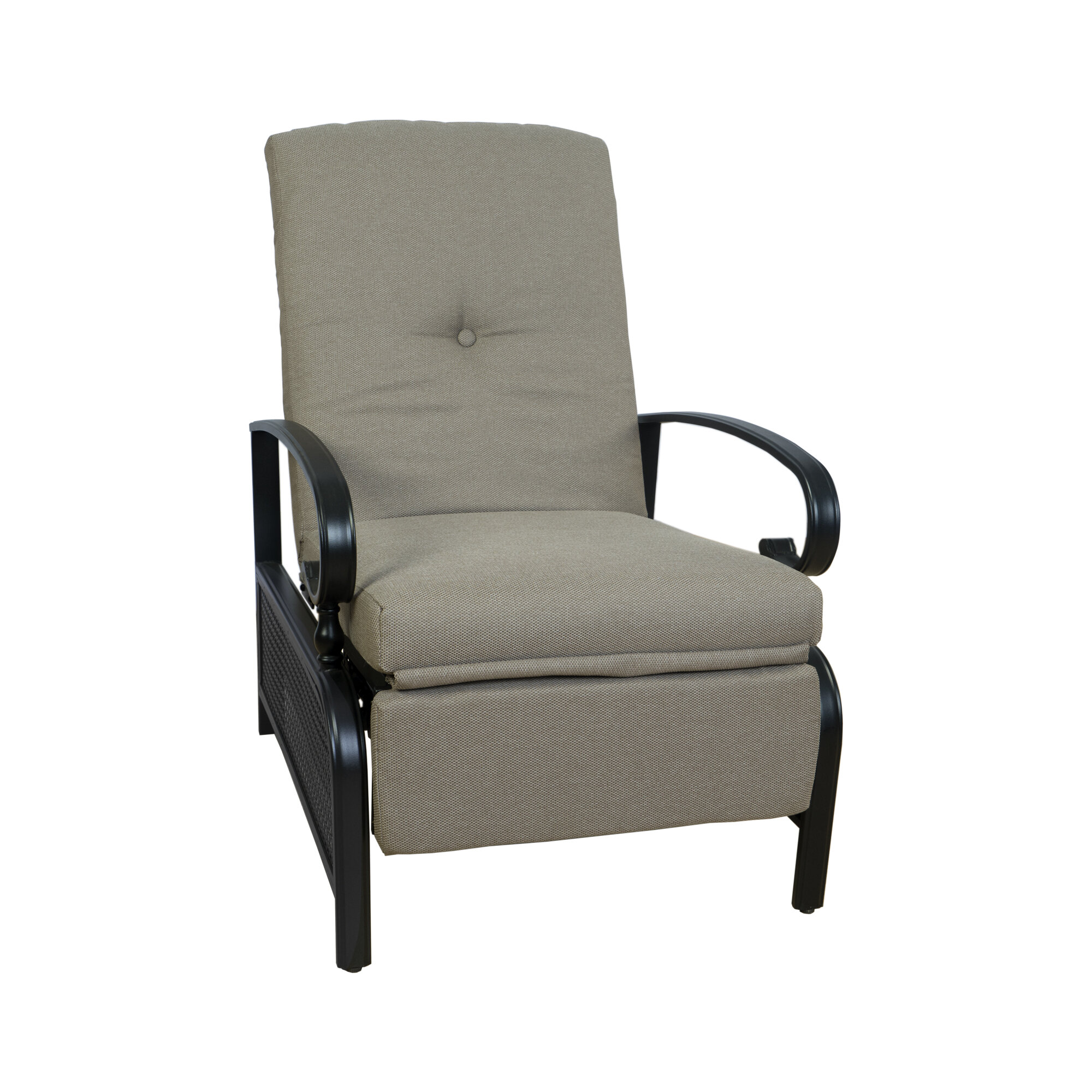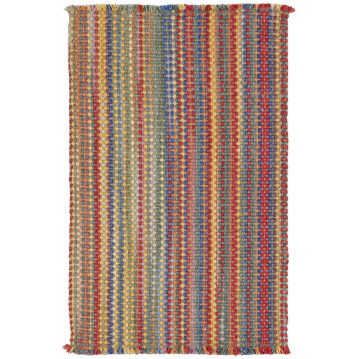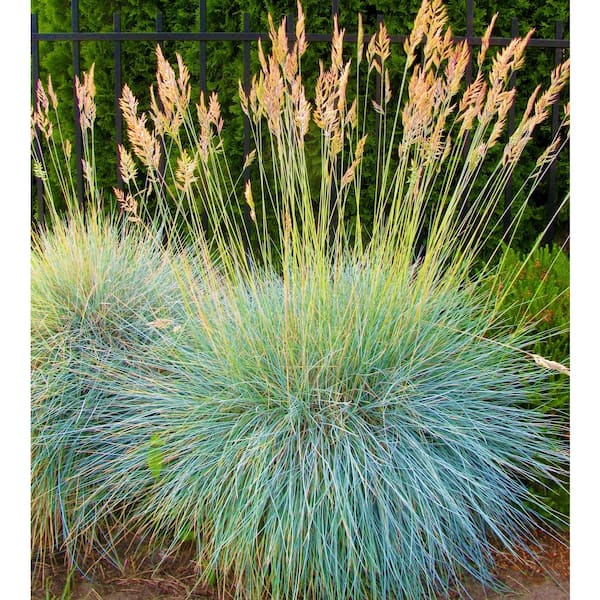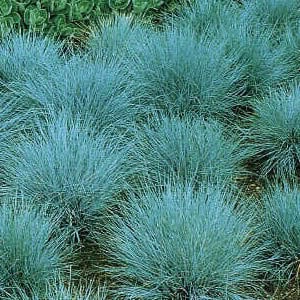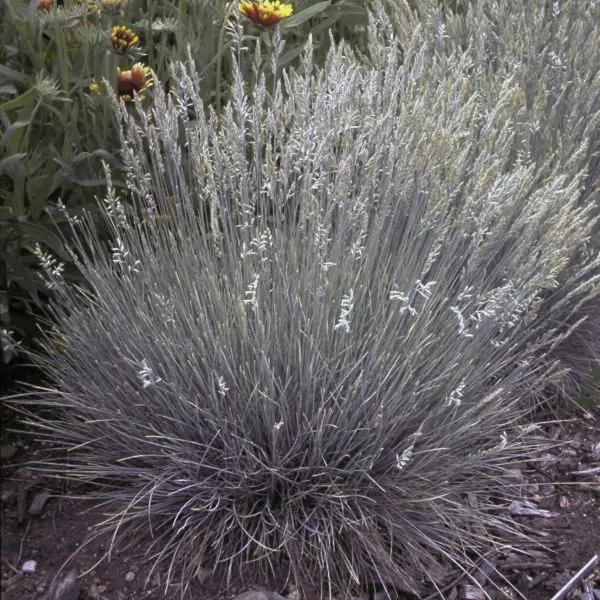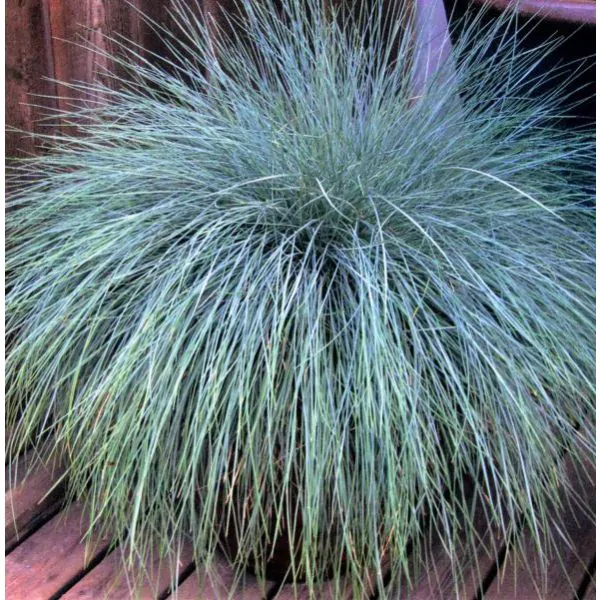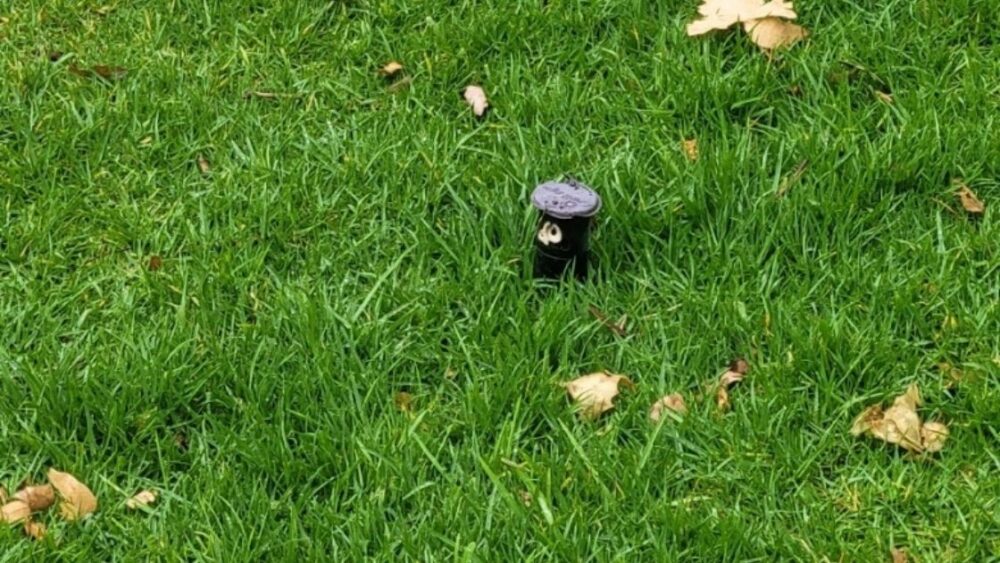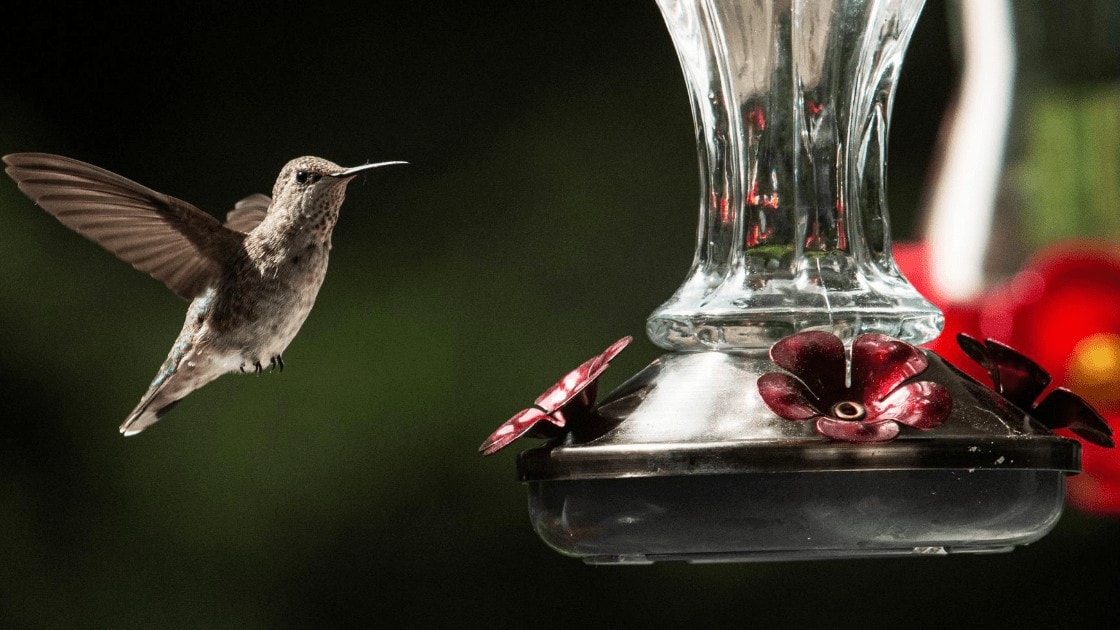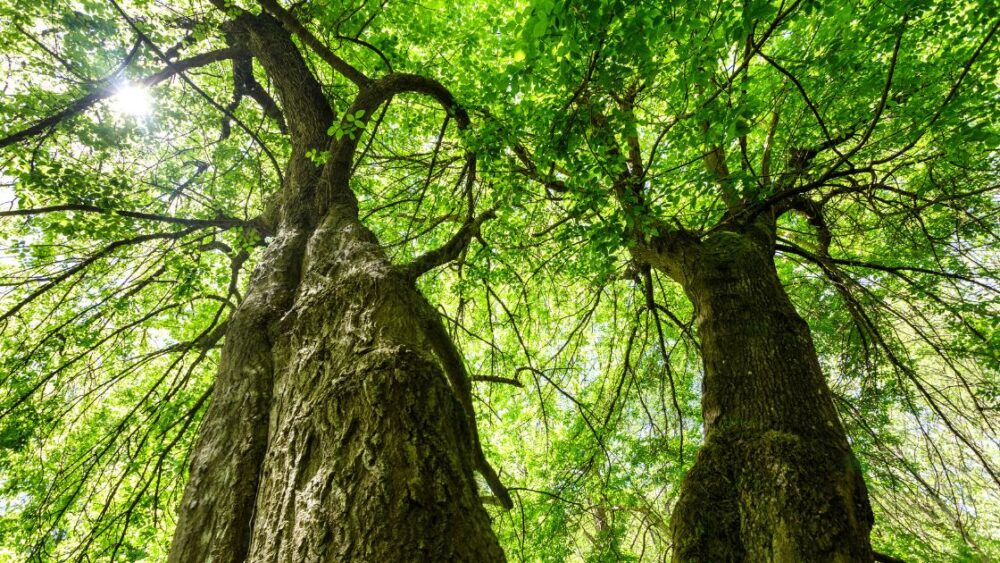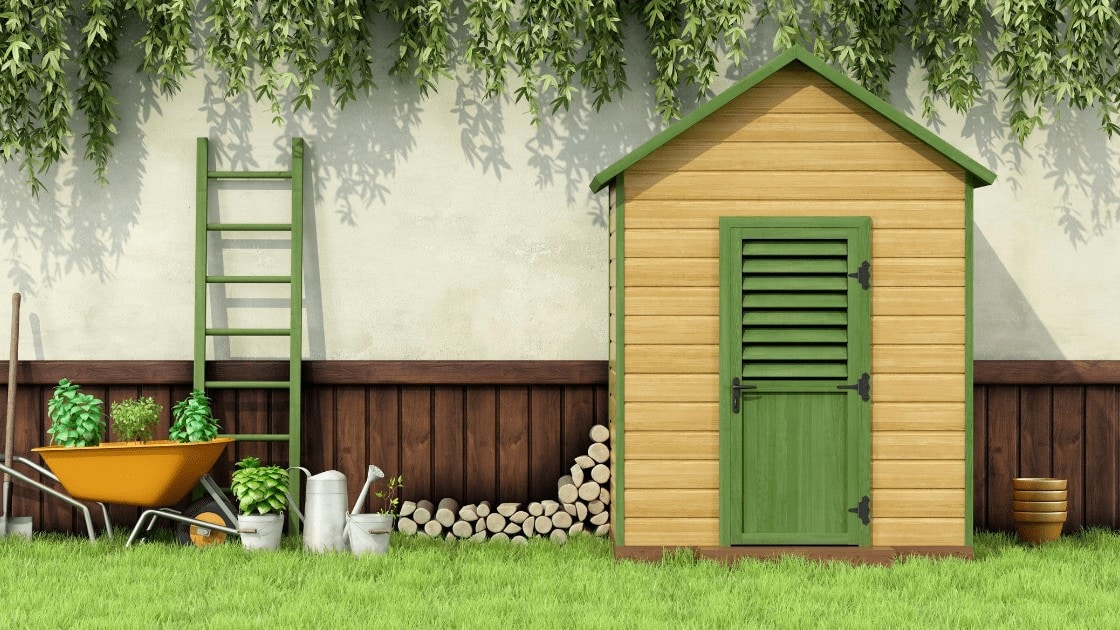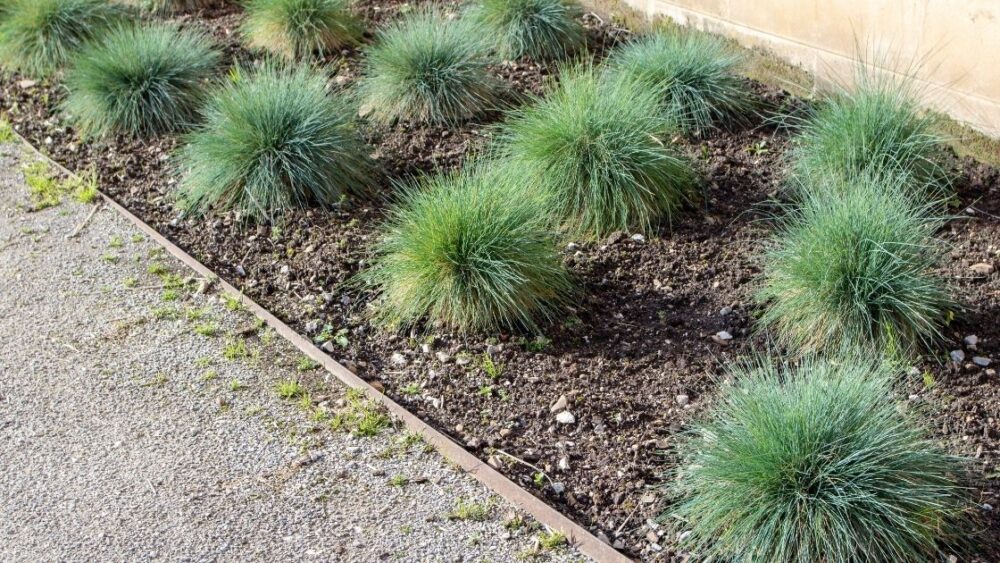
Blue fescue is a versatile perennial grass with a beautiful blue hue that persists throughout the year. In the summer, blue fescue produces a clump of uniform leaves topped by straw-like flower stalks. This ornamental grass can tolerate a wide range of environments and soil types. It can thrive in USDA plant climate zones 4 to 8 and is tolerant of dry conditions. In this article we will explore the common problems one might encounter, as well as, care of this popular ornamental grass.
Blue Fescue Overview
It’s a “no fuss” plant that does not require much maintenance. Gardeners appreciate how easy it is to care for and how fine-textured it is, both of which make it a suitable companion plant for other plants that are heavier or more dramatic.
Blue Fescue is a spectacular grass that may reach heights of up to 12 inches and is distinct from the tall fescues used in turf lawn combinations. When planting the seed of blue fescue, the optimal time is either in the early spring or late summer.
Browse our Affiliate Products
Blue Fescue is not very susceptible to attack from harmful insects and diseases. The plant will perish within a few decades if not lifted and split regularly; therefore, you need to pay special attention to the division process each year.
Common Problems
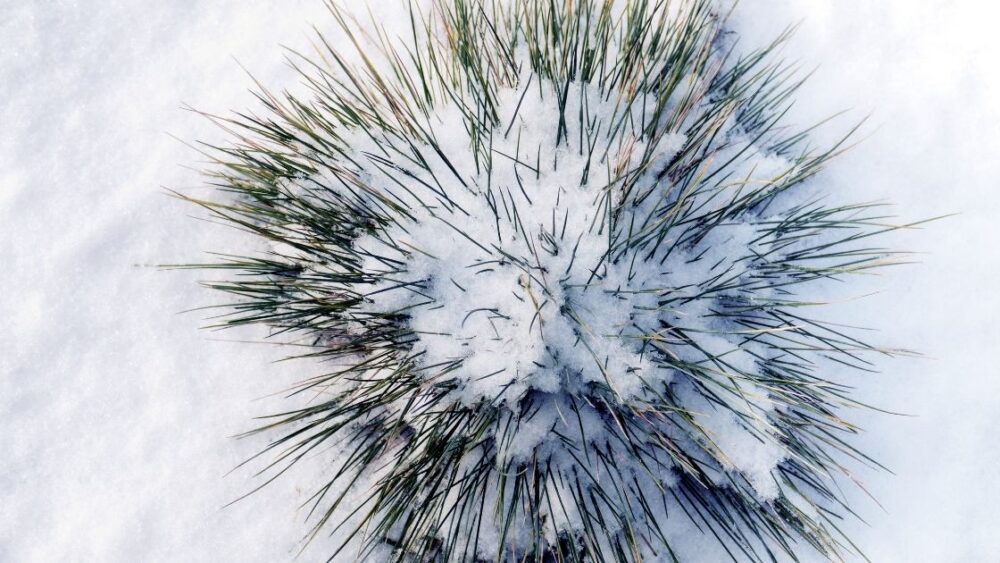
Blue Fescue may present a different challenge for gardeners in hot climates: Summer heat and humidity might kill off the plants’ above-ground development. Provide the plant with a “haircut” if this happens, as its appearance has already been compromised. When the weather cools down, the plant usually bounces back.
Aphids most often attack blue fescue. To get rid of them, use water, but for more stubborn infestations, try horticultural oil or repellent soaps.
Animals such as deer and rabbits browse the foliage and thus harm it. Moreover, Blue fescue is also susceptible to plant pathogens.
For more information on another type of ornamental grass click here: Is My Pampas Grass Dead or Dormant? (Plus Growing Care)
Blue Fescue Growth Requirements and Care
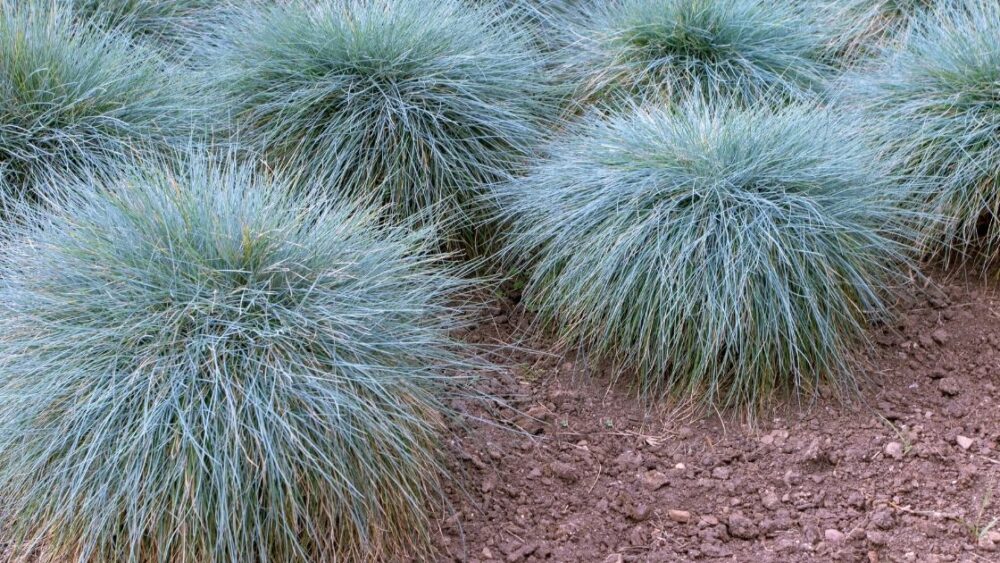
Gardeners of all skill levels may care for Blue Fescue, a simple task. It is difficult to destroy this hardy perennial grass since it is resistant and adaptive to many environmental conditions.
While caring for Blue Fescue plants, the most important thing to remember is that they need a lot of sunlight. This decorative plant needs full light to thrive. Even though it may grow in partial shade, it may impact its ability to bloom. Make sure your Blue Fescue plants are placed in a location that receives the most sunlight possible.
Another great strategy to keep your Blue Fescue plants comfortable and healthy is to ensure they get the right amount of nutrients. A simple method is to spread compost around your plants. Your beautiful grass will benefit from the nutrients and nourishment it receives from mulch. You don’t need to use any additional fertilizer if you cover the plant well enough with mulch.
Maintaining your Blue Fescue plants in peak condition requires regular pruning. You only need to remove dead blades from the foliage and the flower heads once they’ve died. You can keep the plant’s compact mound shape with light pruning.
It would help if you also trimmed the foliage back to a few inches above the ground in the early spring. Grass blades will have more room to grow as a result of this.
Blue Fescue Care and General Information
- Common Names: Common names of blue Fescue are Blue Fescue and Blue Fescue Grass.
- Scientific Name: Festuca glauca
- Growth Cycle: (Perennial) Plants cultivated for decorative purposes are usually biennials, but F. glauca is a genuine perennial that grows quickly and is a member of the Poaceae family. After two to four years, blue fescue has a propensity to die in the center. Shearing your plant in the late winter can often contribute to extending its life and produce a neater appearance. Shearing should be done as needed.
- Sunlight Effect: The blue fescue prefers direct sunlight; although it may tolerate shade, the flowers will not be as abundant. Sunlight is the key to achieving this ornamental grass’s famed blue-gray tint.
- Watering: Blue Fescue requires very little irrigation. It thrives best in environments with moderate levels of moisture. While watering the plant more regularly during the hottest months is recommended, overwatering is not recommended. Moisture requirements for this plant are moderate. Short droughts will slow but not kill the plant’s growth when experienced frequently during the hot summer months. Hence, it’s a drought-resistant decorative grass, so it is a good choice during drought season.
- Adult Size: Blue Fescue’s adult size grows to 8″ -12″ | 20-30.5 cm with a spread of 6″ -9″ | 15-23 cm.
- Planting Zones: Zones 4 to 8 of the USDA plant hardiness zones are suitable for planting. Those who prefer a low-maintenance plant with a fine texture will appreciate its versatility.
- Weather Hardiness: Blue Fescue enjoys cold summers but can thrive in fairly mild temperatures. However, extreme heat and humidity can cause the plant’s leaves to die and decrease their lifespan.
- Propagation Of Blue Fescue: If you’d want to grow more Blue Fescue in your garden, we’ve got some good news: it’s a cinch to propagate. Spring division is a popular propagation method for Blue Fescue. The plant’s survival depends on this. Once a plant has reached its third or fourth year without division, it will usually die. It’s time to split up your Blue Fescues!
- To remove them, use a spade or a garden trowel.
- Pry apart the smaller clumps and remove any remaining brown portions after slicing them in half.
- Don’t rip apart the chunks with your hands to avoid damaging the root structure.
- Leave 8-10 inches (20-25 cm) between the clumps when replanting them as fresh plants.
- Water them regularly.
- Toxicity Of Blue Fescue: Blue Fescue is not harmful to humans or animals, although it is inedible, and eating may produce a stomach upset. In other words, keep this decorative grass out of reach of your pets and children.
- Dormancy: As a part of its natural dormancy process, grass in cold climates becomes brown in the fall and winter. Fescue can go into dormancy when temperatures fall below 50°. Dormancy, however, signifies the end of fescue’s growth cycle. Frost, snow, and the recent sub-freezing conditions can all harm your Fescue grass.
- Soil: This plant prefers well-drained, dry soil. It is incapable of surviving in moist, squishy circumstances.
- Fertilization For Blue Fescue: Despite the product or N-P-K ratio, fescue lawns thrive best with 3-5 pounds of actual nitrogen per 1000 square feet per year (spread in three applications). End-of-winter application of one real pound of nitrogen per 1000 square feet is recommended. It is not necessary to fertilize Blue Fescue heavily. Compost surrounding the plant will suffice to keep it alive and thriving for the time being. Foliage growth will not increase if too much fertilizer is used. Instead, leaves may become parched if too much nitrogen is in the air.
What To Do When Blue Fescue Is Dying?
The heart of older blue fescue plants tends to fade away. Dividing blue fescue is effective blue fescue growing tip. To split the wilting plant in half, all that’s required is a little digging. You can remove the central section by hand and end up with two plants that are both healthy and lush.
Final Thoughts
In terms of decorative grasses, Blue Fescue is a fantastic choice. This perennial grass is an interesting year-round accent plant with a distinctive appearance and color.
The care and maintenance of Blue Fescue plants are a pleasure. Their resistance to many common garden pests and their adaptability to various environmental conditions make them ideal for the home gardener.
